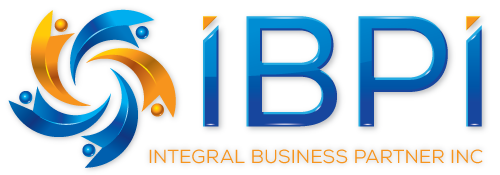In the dynamic landscape of modern business, teal organizations are leading the way with their unique approach to purpose-driven staffing. They ingeniously blend an evolutionary purpose with profit-making, creating a working environment where both organizational and individual growth thrive.
Teal organizations regard purpose as the true north of their operations, including staffing. While profit remains important, it is seen as a result, not the driver. The primary question becomes ‘how can we add value or make a difference?’ rather than ‘how can we increase profits?’. This shift in focus creates a deeper connection between the work and its impact, fueling motivation and engagement among employees.
Staffing in a teal organization emphasizes aligning individual purpose with the organization’s. During recruitment, alongside assessing skills and experience, there’s a strong focus on identifying candidates who resonate with the organization’s purpose. This not only increases the likelihood of long-term employee retention but also leads to a more committed and inspired workforce.
Teal organizations also encourage their employees to discover, explore, and align their personal purpose with their work. This could mean allowing employees to shape their roles based on their passions and strengths, or fostering an environment that encourages continuous learning and growth. When employees find personal fulfillment in their work, they bring more enthusiasm, creativity, and initiative, which can directly influence productivity and, by extension, profit.
In a purpose-driven staffing approach, performance measures also shift. Instead of solely focusing on financial metrics, evaluations consider factors such as contribution to the organizational purpose, personal growth, and team collaboration. This broader view of success encourages employees to work towards meaningful goals that serve both the organization’s purpose and its profitability.
Lastly, a purpose-driven approach also impacts leadership. Leaders in teal organizations act more like coaches or facilitators, guiding their teams towards the organizational purpose and creating an environment where every team member can contribute their best work.
In conclusion, purpose-driven staffing in teal organizations offers a refreshing, human-centric approach to work. By aligning individual purpose with organizational goals, teal organizations create a symbiotic relationship between purpose and profit. The result is a highly motivated and engaged workforce, which in turn drives productivity, innovation, and sustainable profit. As we move forward in the future of work, the teal organization’s approach offers invaluable insights into how we can make work more meaningful and fulfilling.

